Be the first to learn about new products and special offers
Foam mazes and cages
New cost-efficient designs! Foam mazes and cages allow adding complex behavioral tasks to neurophysiological experiments that require head-restraint. Prices are for the sets of 15 mazes, cages, or bases.
From 99.75 USD
Request a Quote
Request a Trial
A real tangible maze for head-fixed mice has a significant advantage over a virtual maze because mice rely on sensory cues more than on their vision. Unlike carbon fiber cages, foam cages and mazes can have different shapes. This allows adapting the cage environment to several classical behavioral paradigms.
Options
We sell the foam cages and mazes in sets of 15. The set allows assembling 3 cages or mazes simultaneously (see set composition below). Currently, we offer these eight designs:
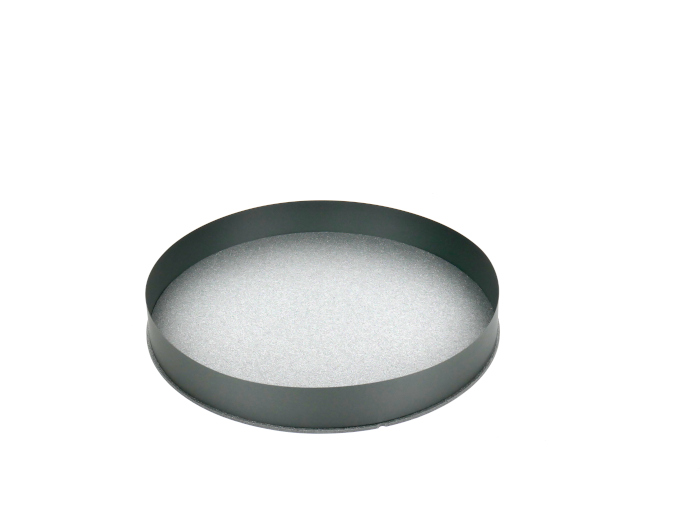
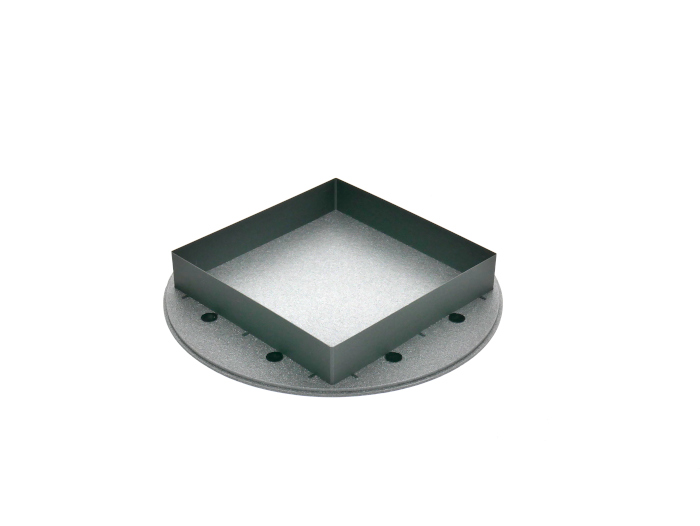
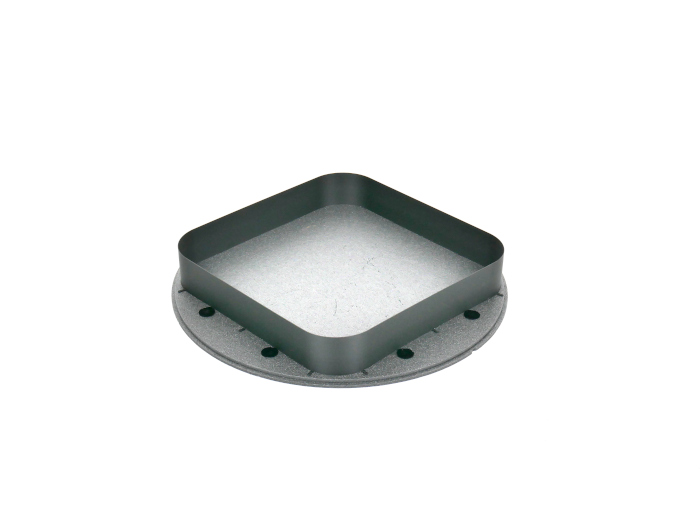
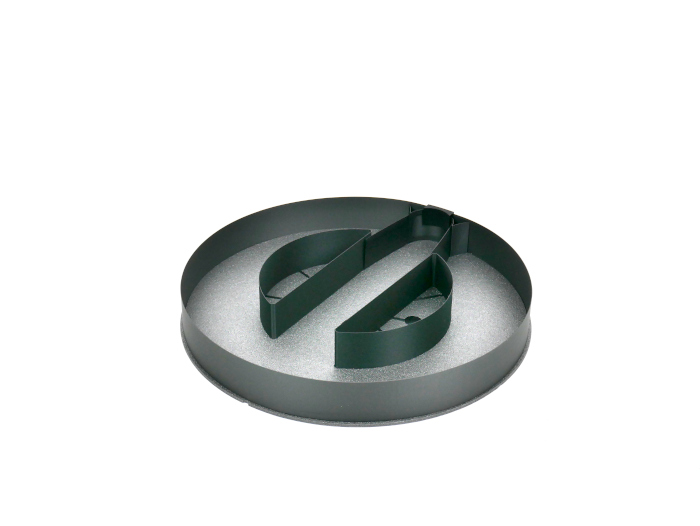
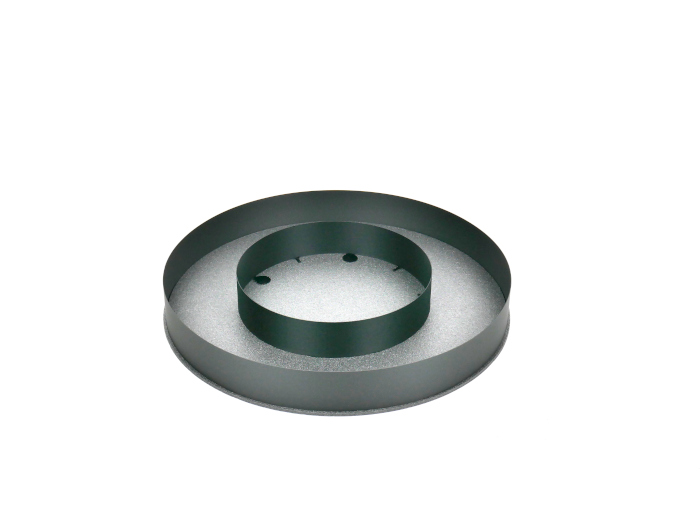
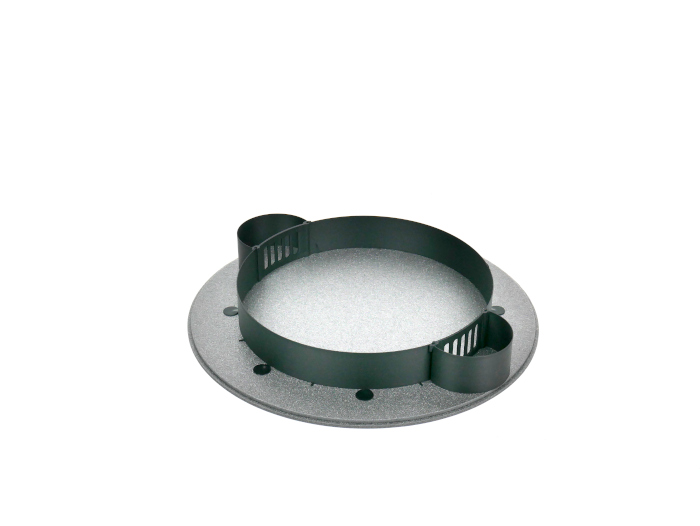
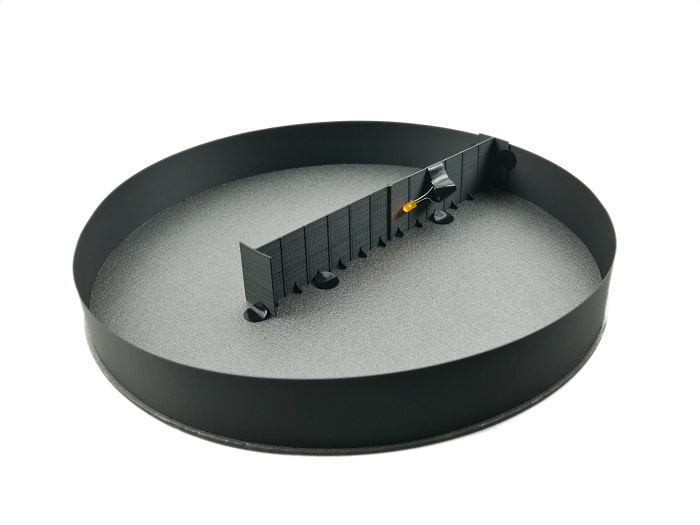
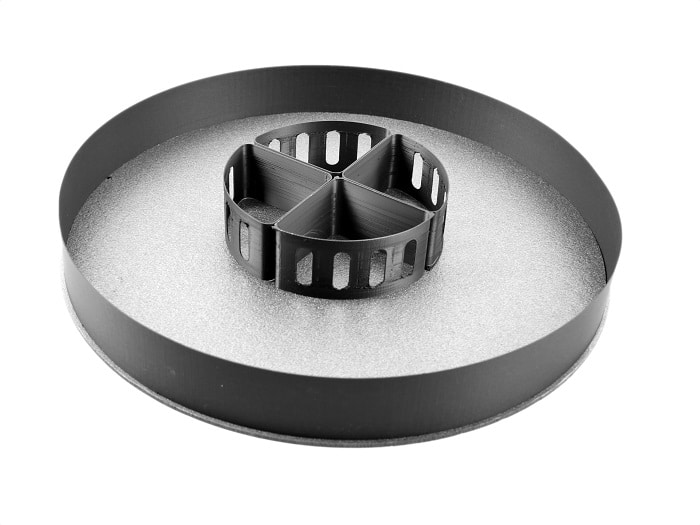
- Round cage (diameter 325 mm);
- Square cage with straight corners (245 mm X 245 mm);
- Square cage with rounded corners (245 mm X 245 mm);
- T-maze (diameter 325 mm);
- Donut-maze a.k.a.circular track (diameter 325 mm);
- Sociability cage (diameter of the internal cage is 234 mm; base diameter: 325 mm)
- Light-dark box (LDB) cage, 325 mm
- Sociability carousel, 325 mm.
In addition, we sell sets of bases (with and without magnets) and foam inserts for the carbon fiber cages (325 mm and 290 mm). Check the menu at the top of the page for all available options.
Please remember that the foam bases may absorb smells and fluids. We recommend using one foam base per mouse. Clean the base with a paper towel. Clean the cage walls or maze walls with a mild detergent or disinfect with a 70% Ethanol solution.
The same base may be used during multiple experiments with the same mouse. Mice like walking on the foam surface as it provides a better grip compared to carbon fiber. It also feels warmer. The foam surface is particularly well-suited for juvenile mice.
Foam cage (round)
Why use the foam cage when there is an ultralightweight carbon fiber cage which is reusable and trackable? There are several reasons to opt for the foam cage:
- It costs a fraction of the carbon fiber cage’s price;
- At this price, one can afford to have an individual cage for each test animal;
- Mice like walking on the foam surface: it provides better grip and feels warmer;
- Foam cages are lighter, which is crucial for juvenile mice.
Square cage
The square cage can serve as a classical open field arena for assessing general locomotor and exploratory activity as well as anxiety. Besides that: it is well-suited for object location memory tests. The latter assess location memory and discrimination while objects are placed in and out of the cage or moved around within the cage. We offer two types of square cages, with rounded and sharp corners.
T-maze for head-fixed mice
Our adaptation of a classical T-maze has two return arms and doors at the end of each side corridor. This maze allows the implementation of spatial learning and memory tasks under head-fixation conditions. Learning can be reinforced by liquid reward or air puff.
Donut maze
The donut maze is a circular, linear track. While navigating the maze, the mouse can learn to recognize a target location from a visual or tactile cue. Learning can be reinforced by liquid reward or air puff. A donut maze combined with locomotion tracking can be used for imaging and recording hippocampal place cells in the Mobile HomeCage Large.
Sociability cage for head-fixed mice
The sociability cage facilitates sociability tests in the Mobile HomeCage Large: it consists of a cage with two symmetrical chambers for housing “companion” mice. Since the chambers are located outside the cage, they don’t change the cage’s geometry. Why is this important? – If a chamber with a second mouse were inside the cage, this would create a corner and, with it, a bias. Does the head-fixed mouse favor the second mouse, or does it like hiding in a cozy space behind the chamber? No such dilemma in our sociability cage. If you need to keep one chamber empty, remember to add a weight roughly equivalent to the weight of the “companion” mouse in the opposite chamber. Neglecting to do so may impede flotation. We recommend using the sociability cage with a roof (see below) to prevent the companion mice from escaping.
Light-dark box (LDB) cage
The light-dark box is a classical setting for anxiety testing. A wall divides the cage into two compartments (equivalent to boxes in the classical setting). One of the compartments has a light attached to the wall. Under normal conditions, mice are eager to explore novel environments and would happily venture into the light “box” (compartment). However, if they feel anxious, they prefer to stay in the perceived safety of the dark “box”.
Sociability carousel
The sociability carousel is a repurposed donut maze that allows placing companion mice or objects in a compartment located in the middle of the case, where the head-fixed mouse can see and smell them. Like in the cage of the original sociability cage, we opted for a design without corners. Corners introduce bias since mice often prefer corners to fellow mice. The carousel’s advantage compared to the sociability cage is that there is more space in the middle of the cage for companion mice and objects. And since the added weight is in the center of the cage, there is no worrying about maintaining the cage balance.
Set composition for cages and mazes
- Fifteen(15) two-layer foam bases (diameter 325 mm) pre-assembled with plastic magnet holders;
- Six (6) neodymium magnets (optional, depending on the model);
- Three (3) plastic walls for creating an external cage barrier and three (3) sets of internal barriers for creating mazes (when applicable). Wall height: 40 mm;
- Clips and stickers for attaching the internal barriers (when applicable).
Weight: 60-90 g per cage or maze (depending on the model).
Using these parts allows assembling three cages or mazes simultaneously and leaving the remaining 12 bases as spares. If you are using all fifteen bases simultaneously, remember to clean and disinfect the walls and internal barriers before using them for a different mouse.